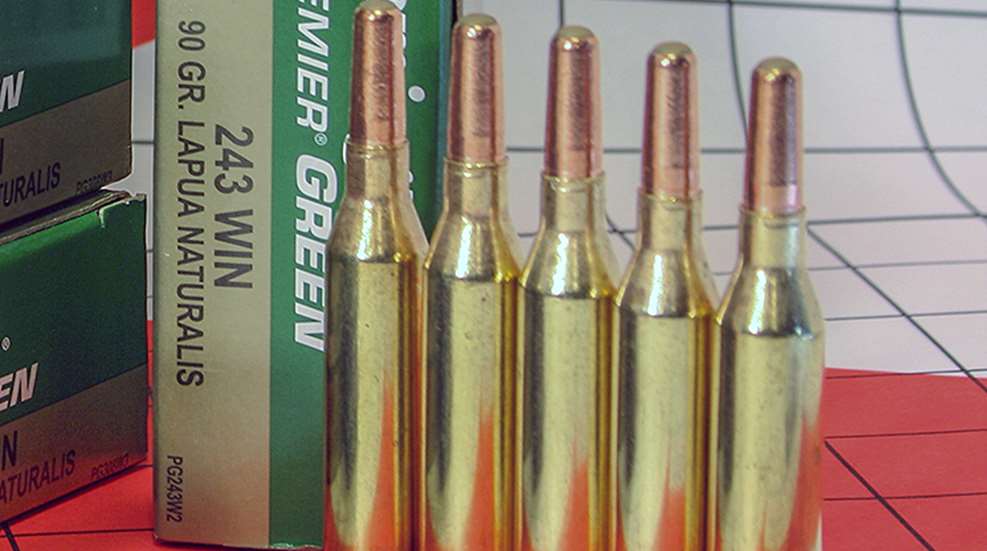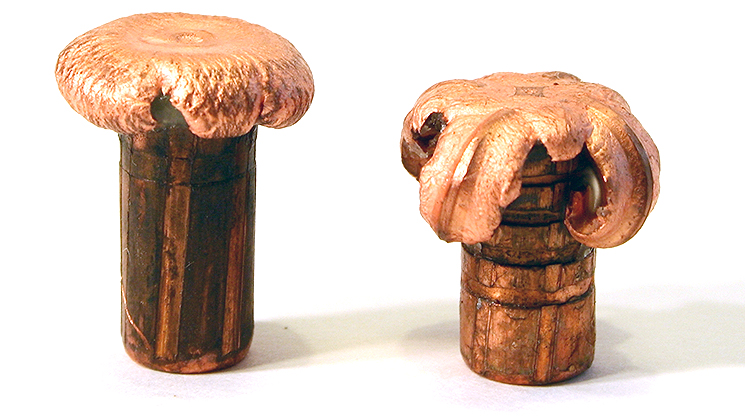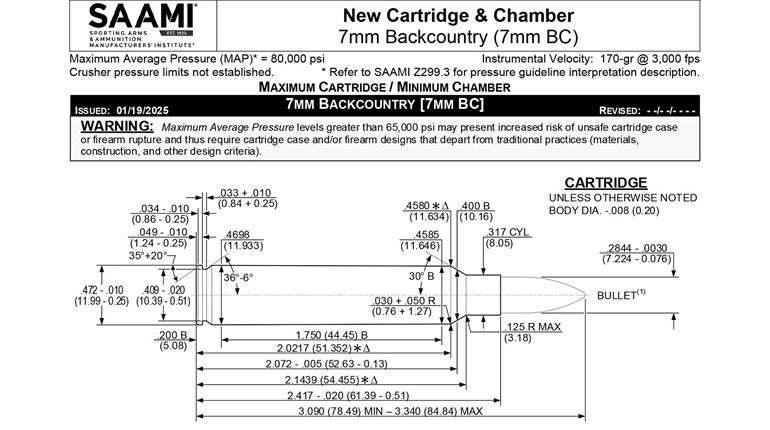
It was a bone-chilling morning. I climbed the mountain in front of my hunting camp wondering how I would manage to stay on stand. About an hour after sun up the shivers had set in and I had yet to see a deer. As I began to question my sanity I heard movement behind me and turned to see a doe fleeing a wide racked buck. My rifle found my shoulder and I caught a glimpse of the buck just as he and the object of his affection disappeared over the ridgeline. I figured that was the end of that.
180 yards across a clear-cut, in kind of the direction the deer were heading, I found an opening and decided to watch it. Just in case. After about five minutes the buck ran into the opening and stopped. Again, the New Ultra Light Arms .243 Winchester found my shoulder. This time the reticle found the buck and my finger found the trigger before he could move on. A few minutes later I was standing over my best West Virginia whitetail.
The bullet that put the buck down was as unusual as his 11-point rack. It was a 90-grain Lapua Naturalis bullet that Remington loaded for a short time to appeal to those looking for a lead-free hunting projectile. This was before Remington and Barnes Bullets became sister companies, mind you. I was hunting with these bullets because my .243 Winchester loved them; it would stack them on top of each other at 100 yards. I was also interested to see how this strange looking round nose, plastic tipped bullet would perform. It did just fine.
The Lapua Naturalis bullet is no longer offered by Remington, but with some judicious shopping you can find them loaded in Lapua ammunition. It is an all gilding metal projectile with a round nose filled with a round plastic tip. Because of its round profile the ballistic coefficient is low, but the expansion is impressive. Unlike other mono-metal bullets like the Barnes Triple-Shock, which opens up with petals, the Naturalis deforms into a full circle. This makes wound cavities wide and increases tissue destruction.
I’ve tested several of these bullets in various calibers in different test mediums and the performance is always the same. They dive deep, make big holes, and can handle high-impact velocities. Their blunt profile obviously limits their long-range reach but it allows them to open even at velocities as low as about 1600 fps. If you are hunting the timber they are a great choice, especially if you like to take raking shots.
Remington no longer loads the Naturalis bullet but if you look hard enough you can find them available in Lapua ammunition. They are also sold as component bullets for handloaders. Either way, they are not cheap; a 20 round box of .243 Winchester Lapua will cost you about $ 70.00! Fortunately, I’ve still got a few boxes of the Remington on the shelf, just in case.





































